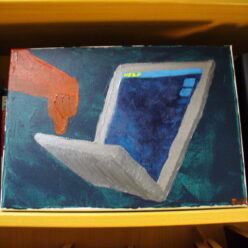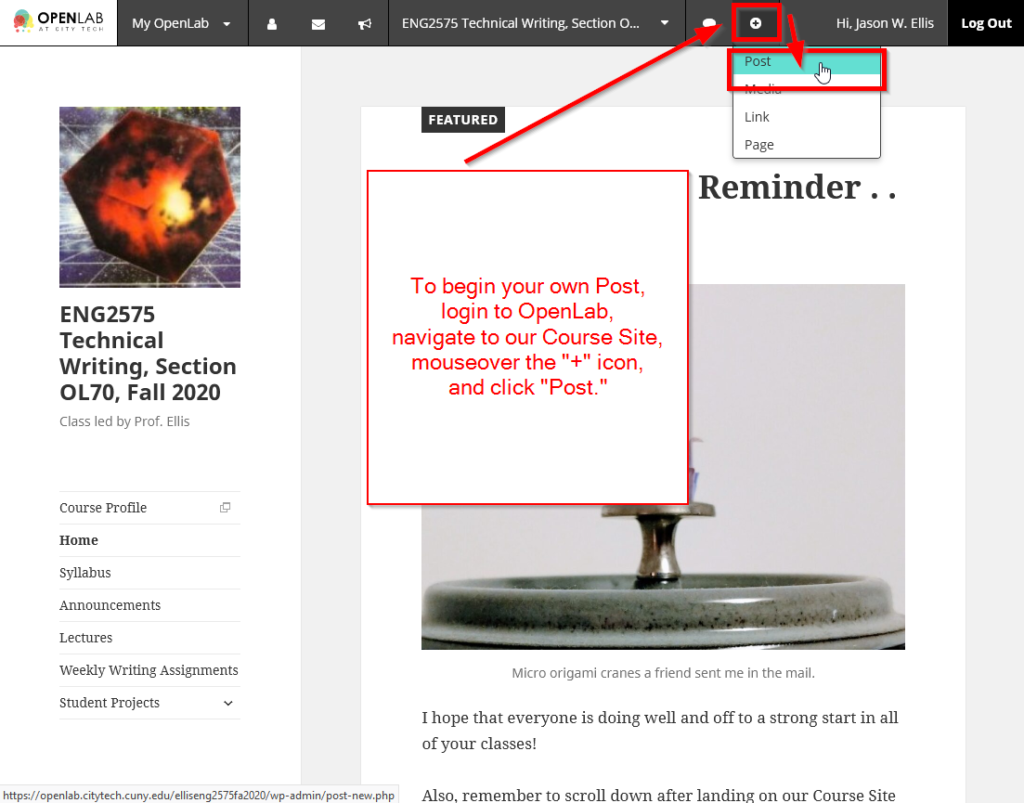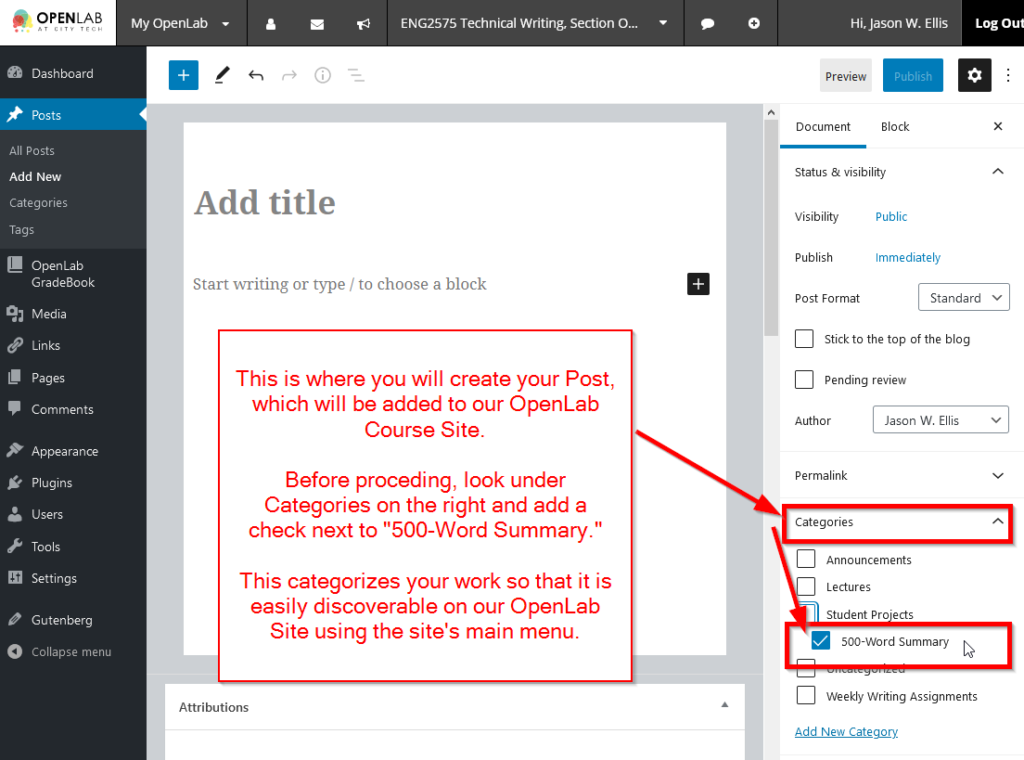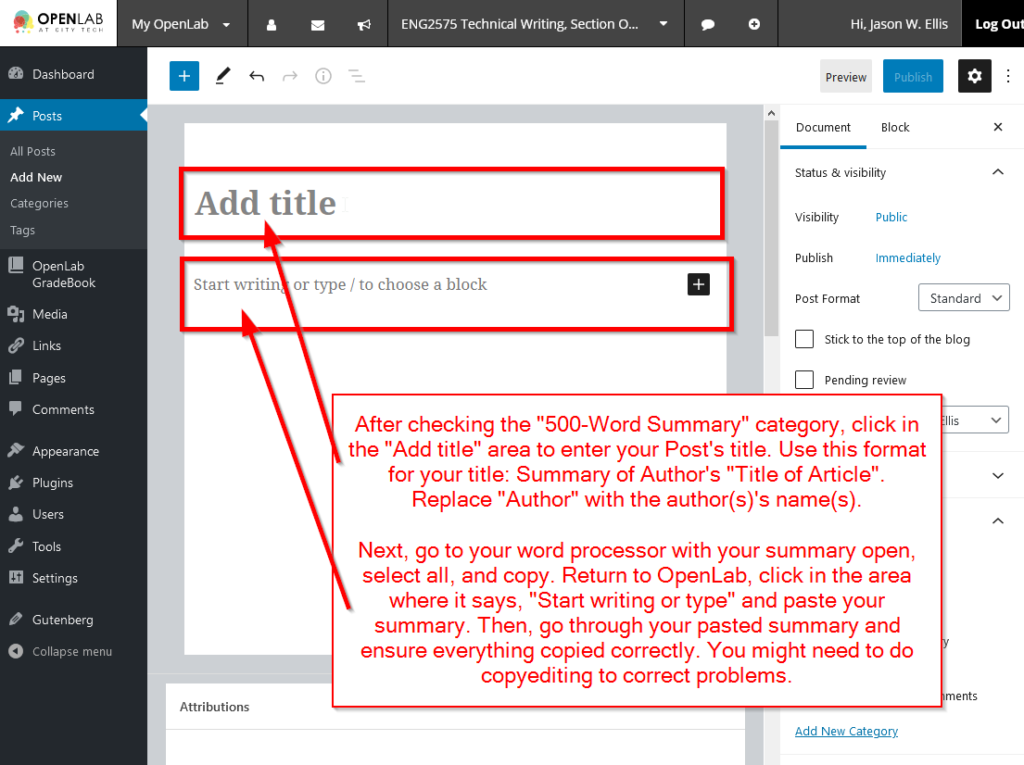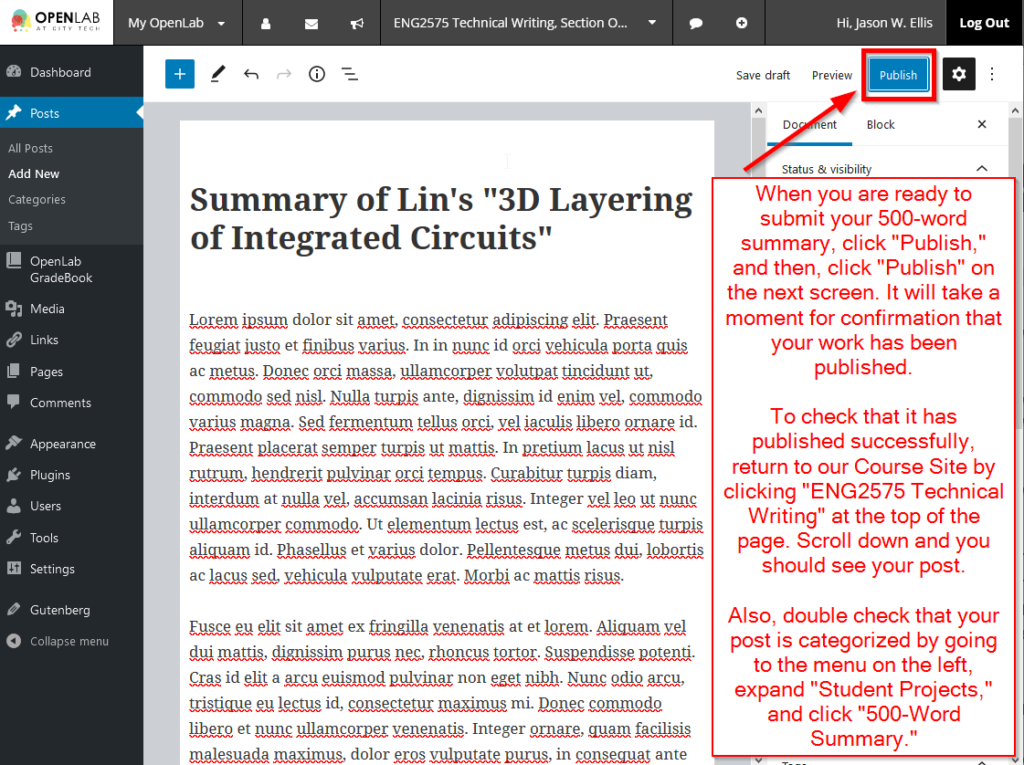TO: Professor Jason W. Ellis.
FROM: Motahear Hossain.
DATE: March 3, 2021
SUBJECT: 500-Word Summary of Article About Smart Factory.
This memo is a 500-word summary of the article, “Smart Factory of Industry 4.0: Key Technologies, Application Case, and Challenges,” by Baotong Chen, Jiafu Wan, Lei Shu, Peng Li, Mithun Mukherjee, And Boxing Yin. This article discusses the latest of 4 distinct industrial revolutions that the world has or is currently experiencing.
According to the research, upgrading the manufacturing industry is a combination of advanced physical architecture and cyber technologies. Those technologies are constructed with three layers, including the physical resources layer, network layer, and data application layer. The researcher Chen et al. are examining those issues scientifically and try to find supplementary solutions with references.
The traditional industry faces threats because of the rapid change in the technology sector. Currently, another advanced system is coming with integrations of computation, networking, and physical processes called the Cyber-Physical system. This system is capable of achieving advanced manufacturing systems with big data warehouses and cloud-based computing. Several studies (Benkamoun et al., 2014; Radziwon et al., 2014; Lin et al., 2016, p. 6506) found that to build a smart factory, manufacturing enterprises need to be more advanced in the production and marketing sector. It signifies a dive advancing from more outdated automation to a completely connected and flexible system. Research by Chen et al., suggests that there are still many technical problems that need to be solved in order to build a smart factory. An example of this would be the physical resources layer. The Modular Manufacturing Unit should be a self-reconfigurable robotic system with a configurable controller system, which will have the auto managing ability to take the action like extend, replace, and so on.
According to Smart Factory of Industry 4.0: Key Technologies, Application Case, and Challenges (2018), “Morales-Velazquez et al. developed a new multi-agent distributed control system to meet the requirements of intelligent reconfigurable Computer Numerical Control (CNC)” (p. 6507). Which could utilize its system of control. Another important modular manufacturing unit is intelligent data acquisition. It includes data analysis, reporting, network connectivity, and a remote-control monitoring system. For using data acquisition, the most common wireless sensor network is RFID, ZigBee, and Bluetooth; However, Zhong et al. proposed an RFID-enabled real-time manufacturing execution system (Chen et al., 2018, p. 5608). According to researcher Zhong et al., this system is capable of making decisions and guarantee responses within specified time constraints. Also, the writer proposes to have a standard OPC UA-based interaction in multi-agent systems. With this system, multiple transport layers and a sophisticated information model allow the smallest dedicated controller to freely interact with complex, high-end server applications with real-time communication.
Despite all of this, researcher Chen et al. has drawn attention to the fact that there are still some difficulties to build a smart factory. Like in order to have a self-reconfigurable robotic system, equipment must be smart manufacturing, and the industrial internet of things should be progressive.
Reference
CHEN, B., WAN J., SHU L., LI P., MUKHERJEE M., AND YIN B. (2018). Smart factory of industry 4.0: Key technologies, application case, and challenges. IEEE Access, 6, 6505-6516. https://doi.org/10.1109/ACCESS.2017.2783682
